I have made multiple trips up and down the hẻm along the railway from Le Van Sy to capture the moods both during the week and on weekends. As the hẻm serves both pedestrians and motorbikes, navigating the walkways can be challenging on most days.
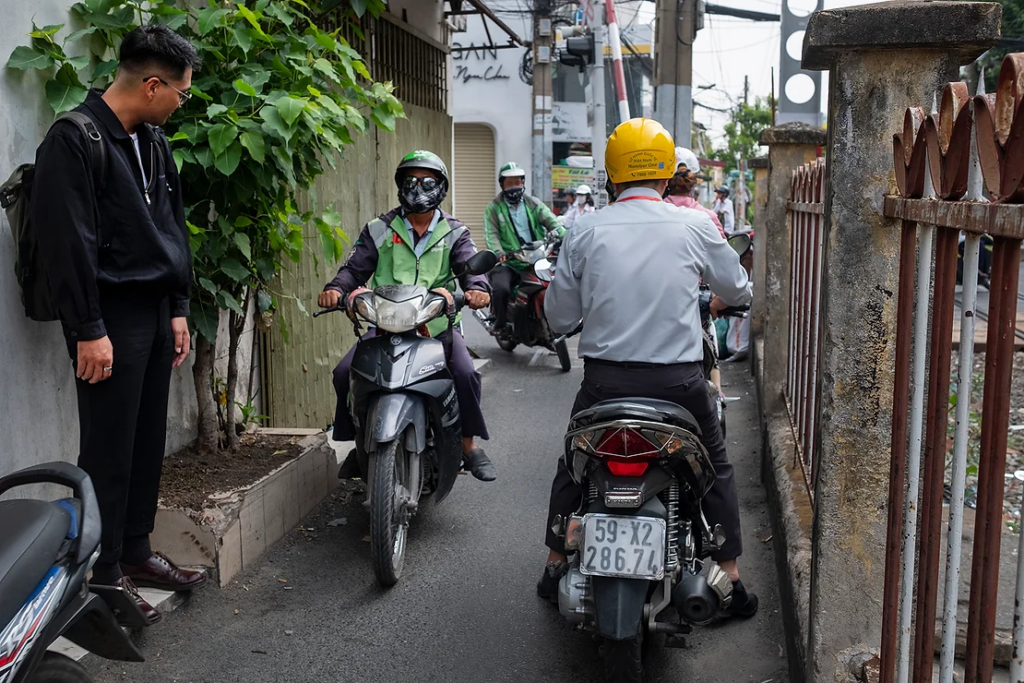
What I discovered was at the intersection of main thoroughfares, both vehicular and pedestrian traffic was at the usual frenetic pace of Saigon. But venture into the blocks adjoining the tracks, and the pace of life notably slackens.
As a starting point, I chose the intersection of Hẻm 115 and Tran Van Dang Street, where the train yard tracks parallel the main line. This bustling intersection leads off into the narrow and pulsating market road of Tran Van Dang.
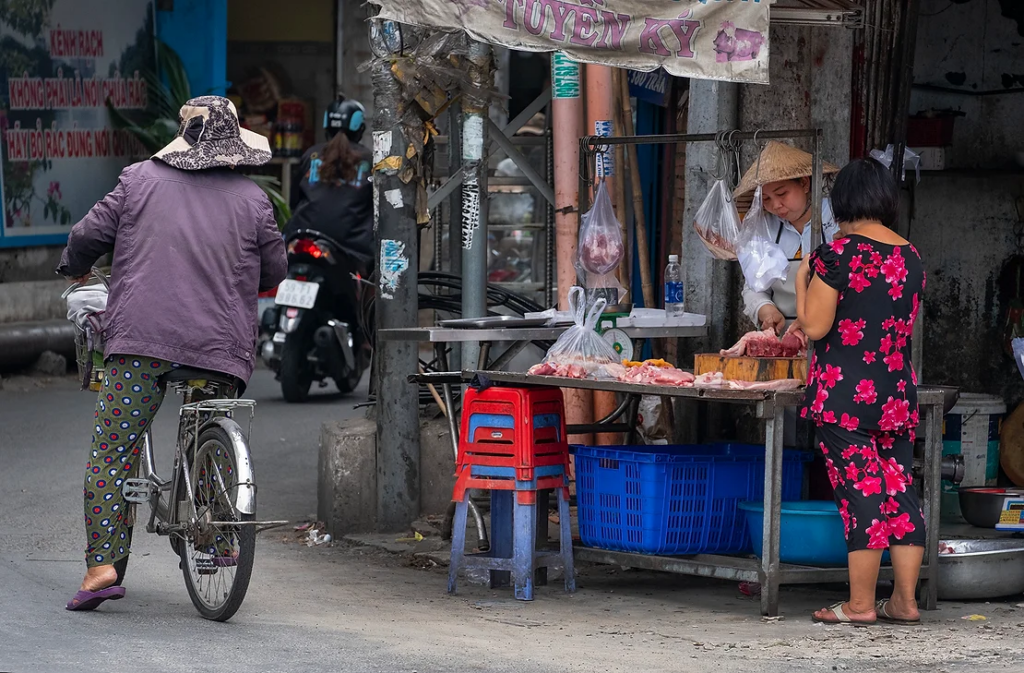
The stretch curving up to Hoang Sa Street is noticeably devoid of greenery, more industrialized and filled with urban detritus along the tracks. It is along this street that I met Sang, who has been running the neighborhood recycling effort and has lived here for the past 50 years. Ve chai collectors and locals bring everything from plastic bottles and cardboard to metal scraps for redemption. When I showed him my previous stories on recycling for Saigoneer, Sang told me: “I’ve been doing my part to help the recycling effort and make people aware that they can gain extra money from recycling.”
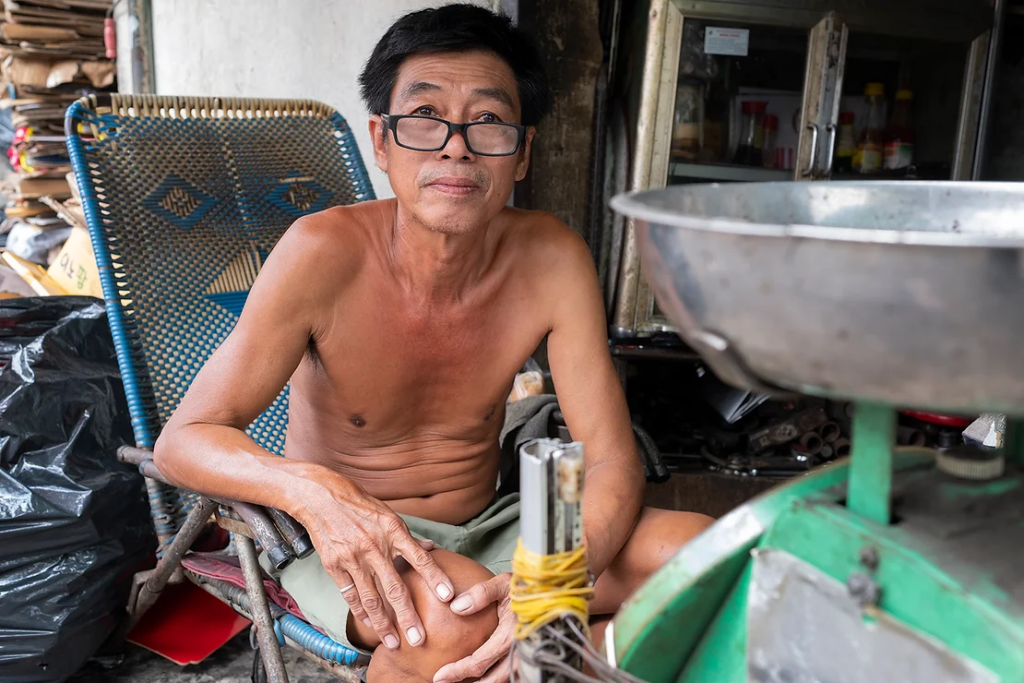
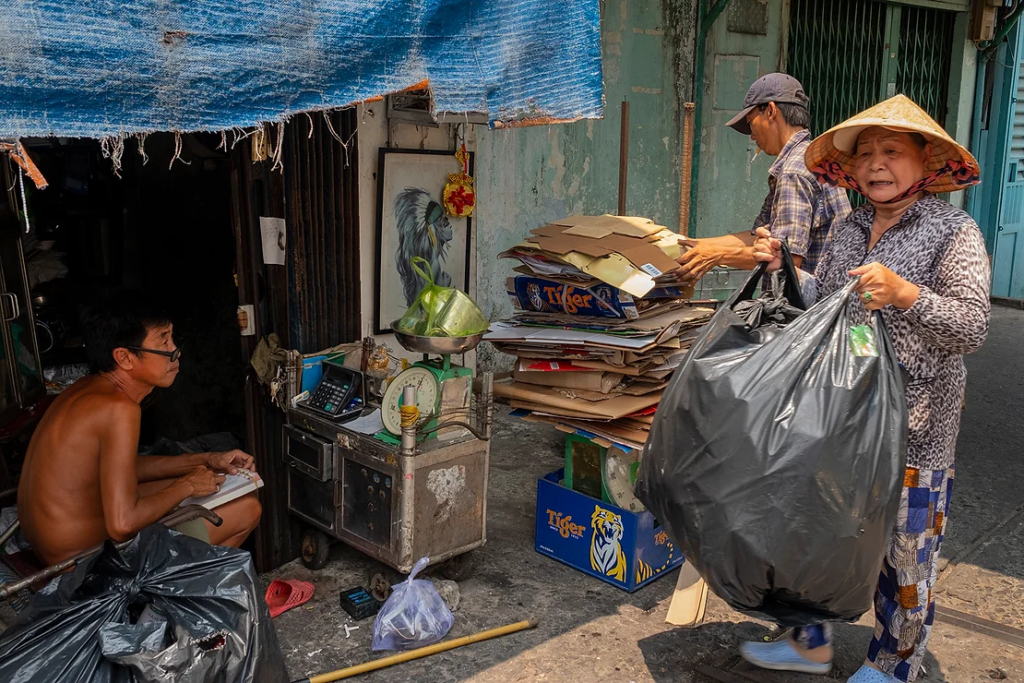
Next door to Sang, I met “Mr. Charcoal,” an affable gentleman who has been selling charcoal to restaurants and mobile food sellers in the neighborhood for over 20 years. “It’s not a clean business, but neither is this section of the tracks,” he said with a wry smile.
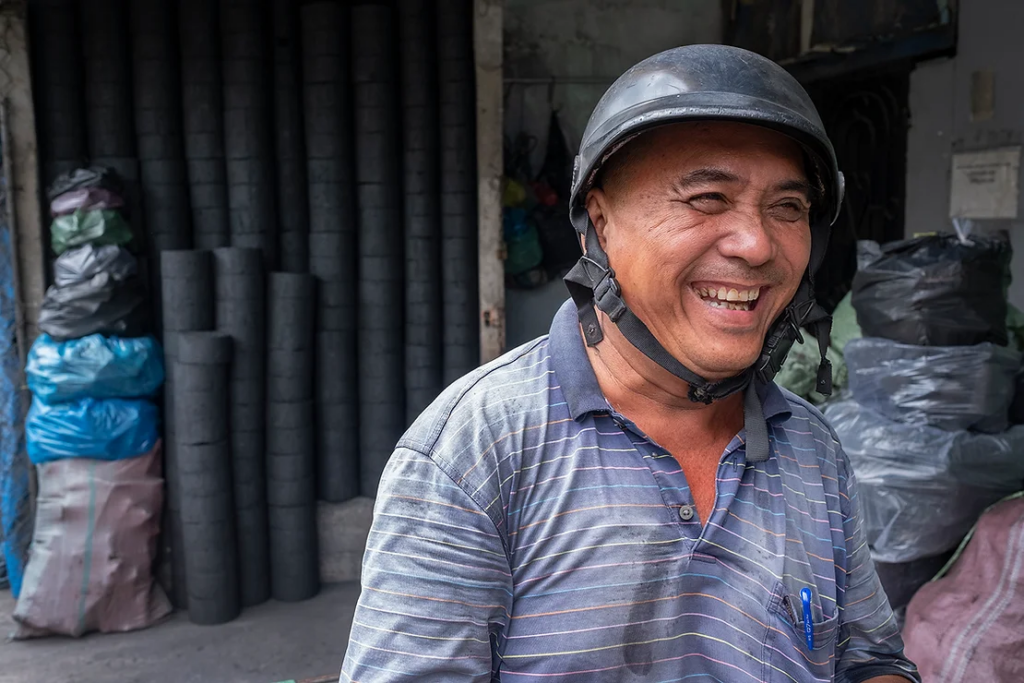
Navigating the usually busy streets of Truong Sa and Hoang Sa on either side of the Nhieu Loc Canal can be challenging at best. However, with scant trains rumbling overhead on Sundays, the space under the bridge becomes a peaceful spot for fishing.
After crossing Hoang Sa, as one steps down into the hẻm, an air of calmness pervades. Between Hoang Sa and Le Van Sy, the paths are an oasis of greenery, with boughs overhead and various plants from creeping vines to delicate orchids in abundance.
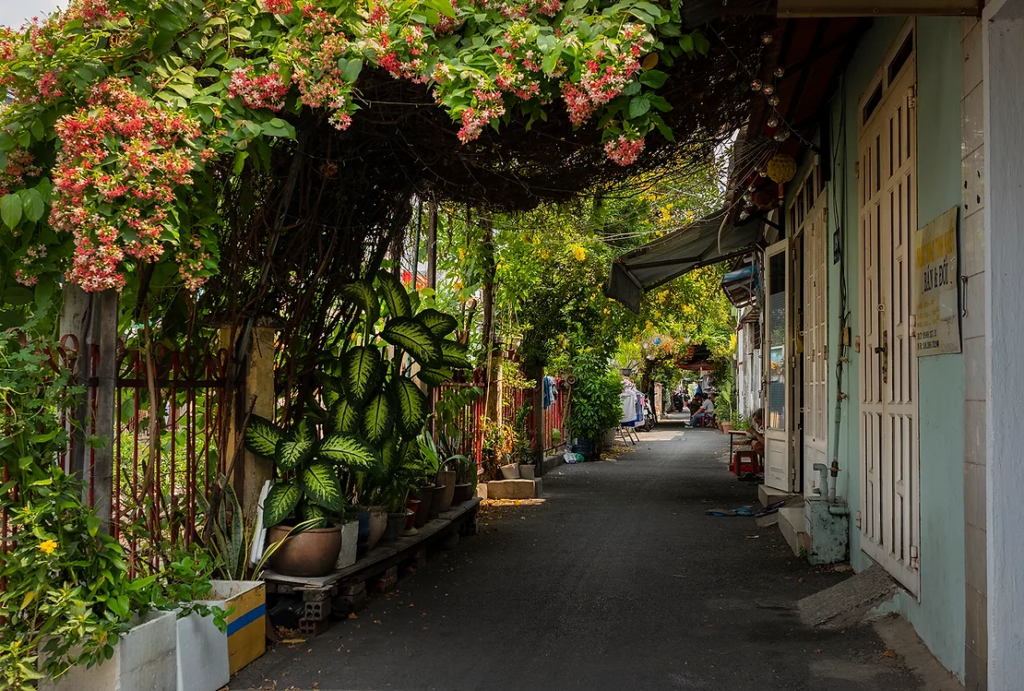
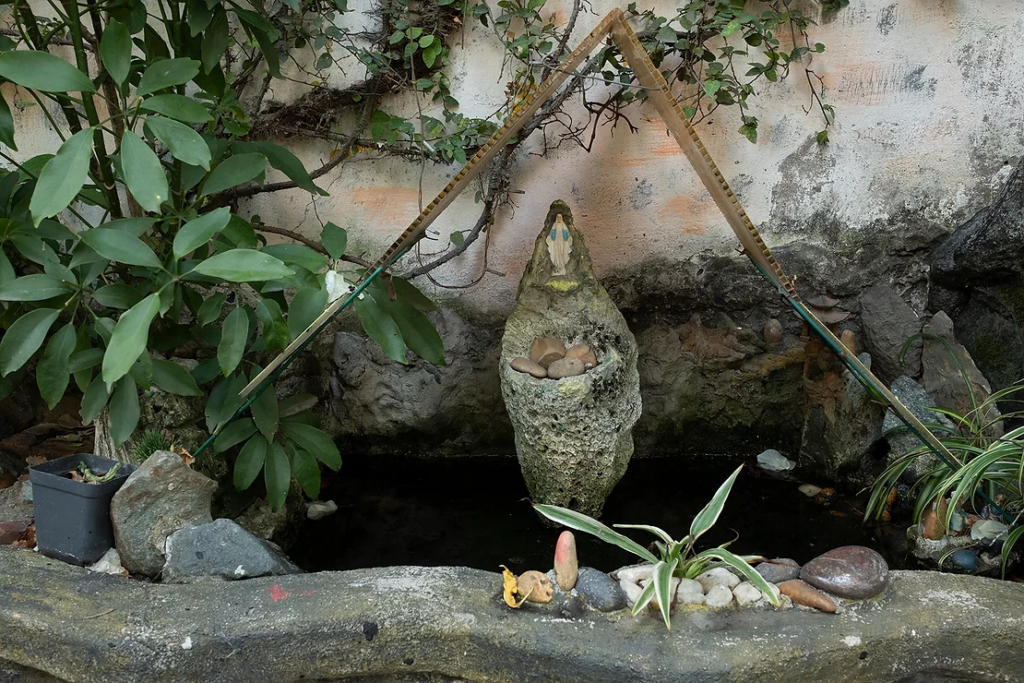
It is along this portion that we met Vung, who dispenses coffee and drinks for her neighbors. Vung’s parents came down from Pleiku after the war concluded in 1975 and settled in this part of the hẻm: “My family got used to the sound of the trains and actually misses them now with the abbreviated schedule due to COVID-19. Because of the steps, no motorbikes can traverse this portion of the hẻm, so it remains safe and quiet.”
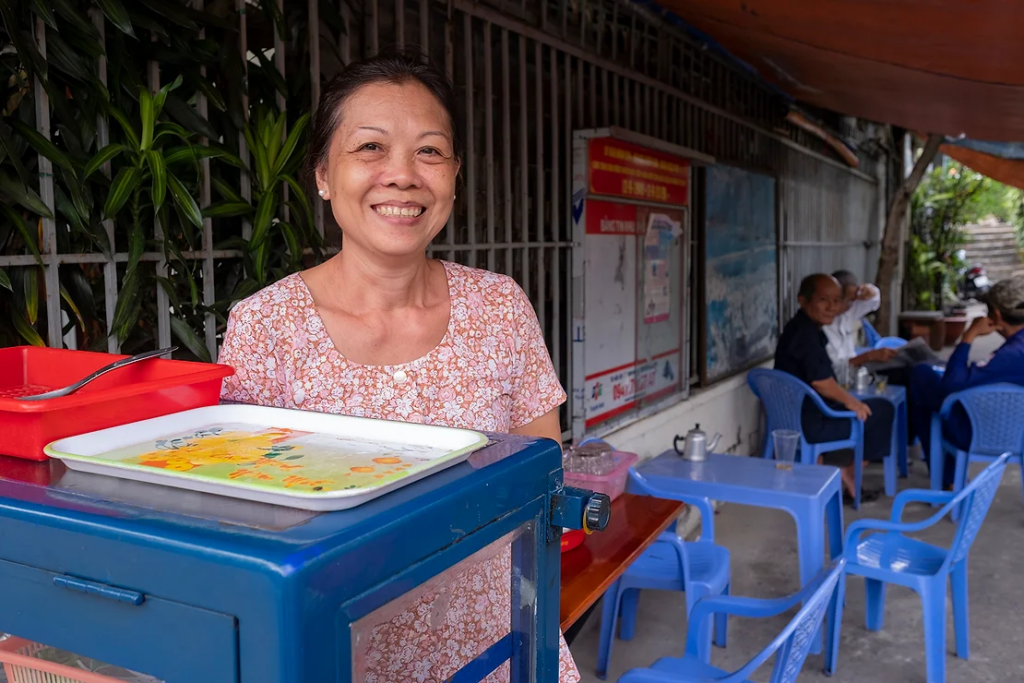
A little further along, we met two indefatigable women, Lanh and Thien. Lanh, who we helped up to ford the railroad track, proudly stated that: “I’m 82, been living here since 1955 and I cross the tracks every day to buy herbal juice and healthy fruits and veggies.”
Thien came to the house on the hẻm as a child about 45 years ago, where she now lives with her son and extended family: “There are very few motorbikes on this part of the hẻm and I can do my exercises or ride my bike every day.”
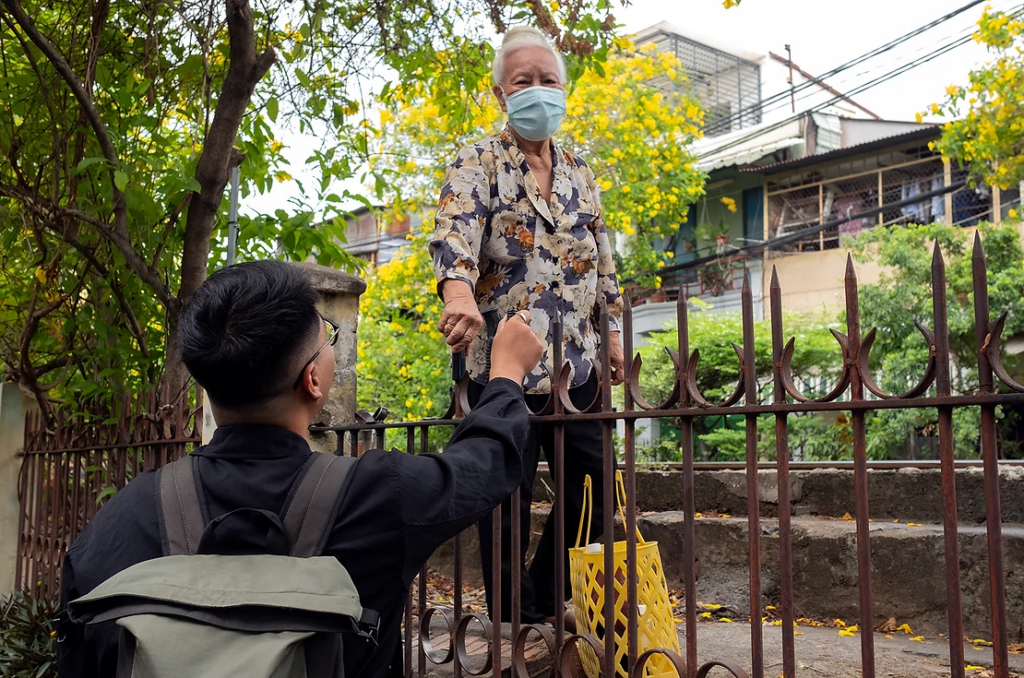
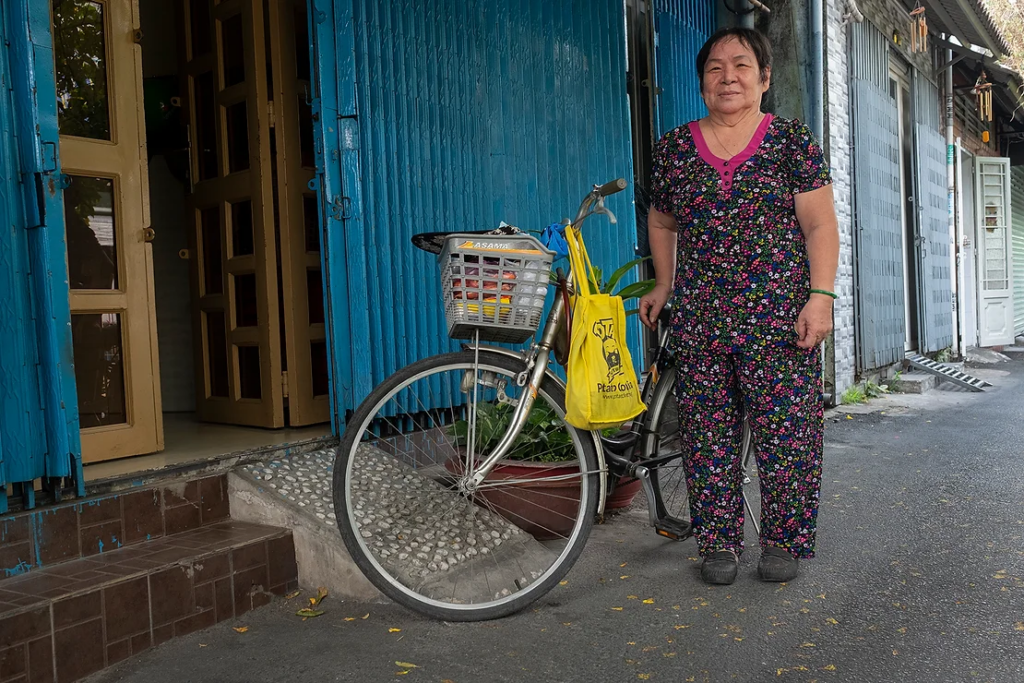
I next stopped by to talk with (another) Thien, a tailor, while he was busy cutting material for a client’s jacket: “I came to the city about five years ago with my family, but with rising prices, could only afford this small trackside shop. I don’t mind the occasional train passing and we earn enough to maintain our life here.”
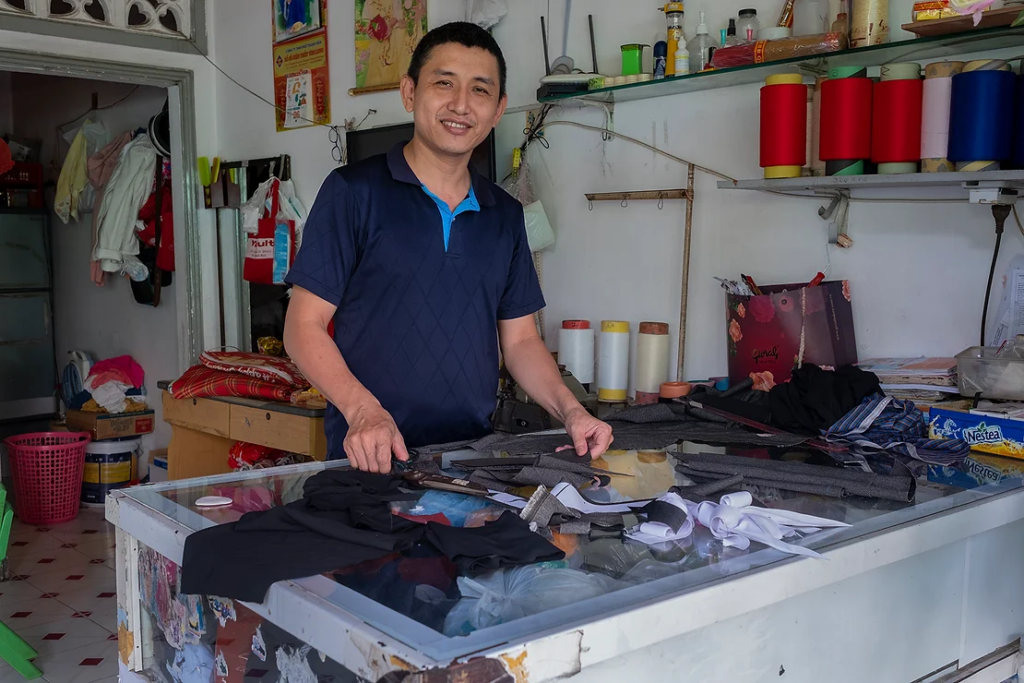
As in any neighborhood, hair salons and barber shops serve as gathering places for locals. Two barber shops in particular, each catering to a different generation of clientele, are literally on opposite sides of the tracks.
Cuong has been taking care of the tonsorial needs of area residents for over 27 years. When I asked him about the noise from the trains, he remarked: “When a train passes for 30 seconds, it’s no longer a distraction. Look how peaceful life is here the other times. That’s why I like this spot.”
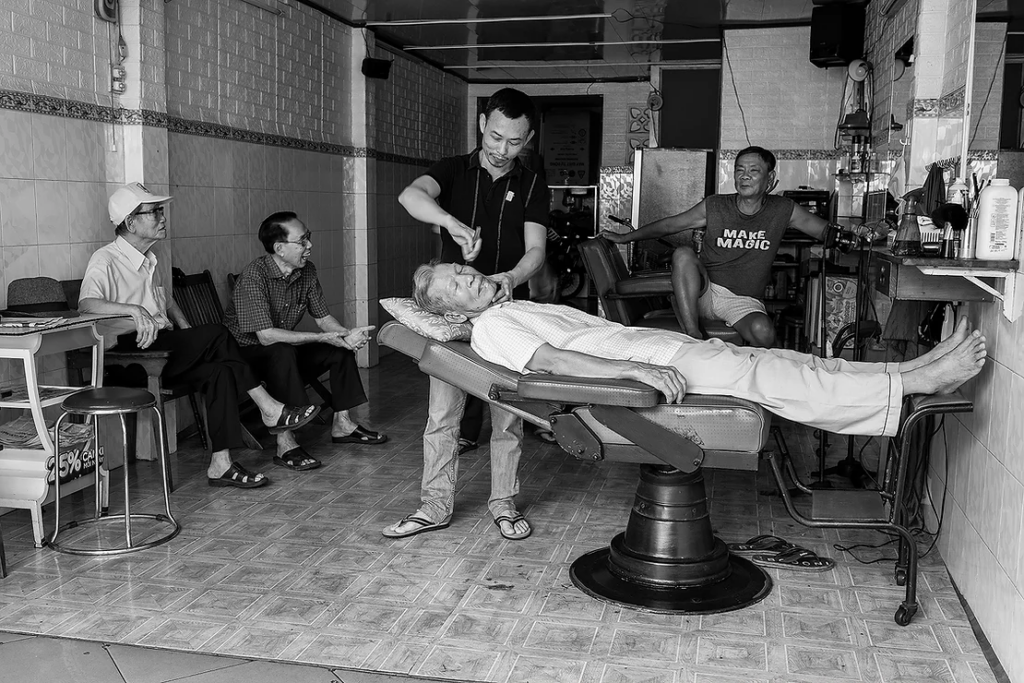
Across the tracks, and a short walk down an alley, is the Sweeney Todd Barber Shop. Linh, who originally studied hair styling in Hanoi and was working in the travel industry, came to Saigon over a year ago and set up shop. When I asked where he got the name, Linh said: “I saw the movie, really liked it and thought it the perfect theme for my salon.” His love of all things Sweeney Todd is reflected in the décor and has been embraced by a steady stream of hip millennials.
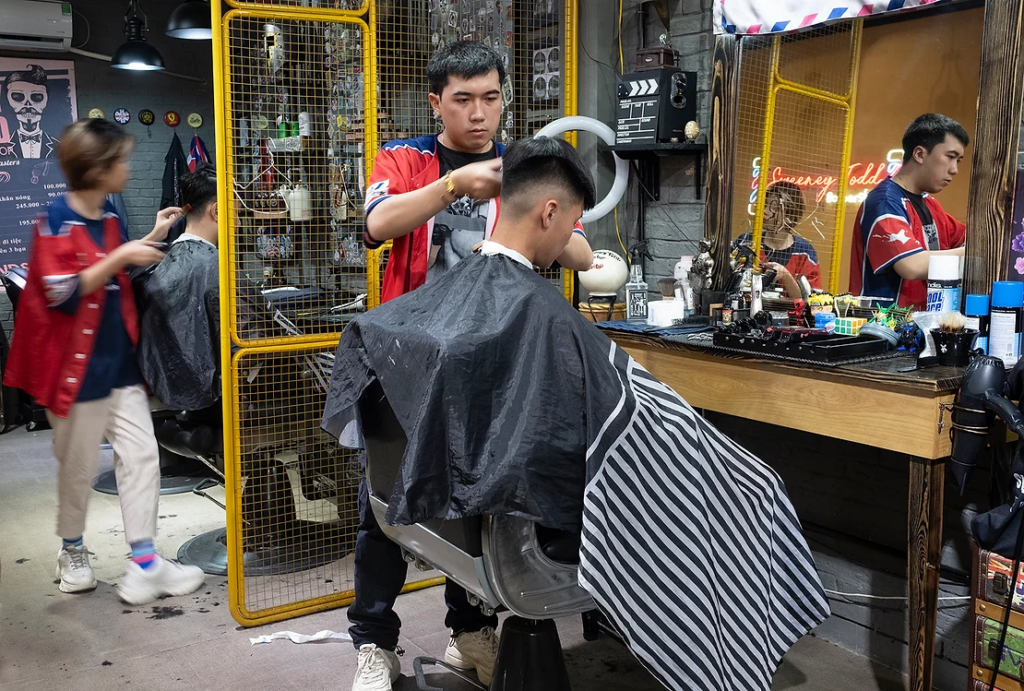
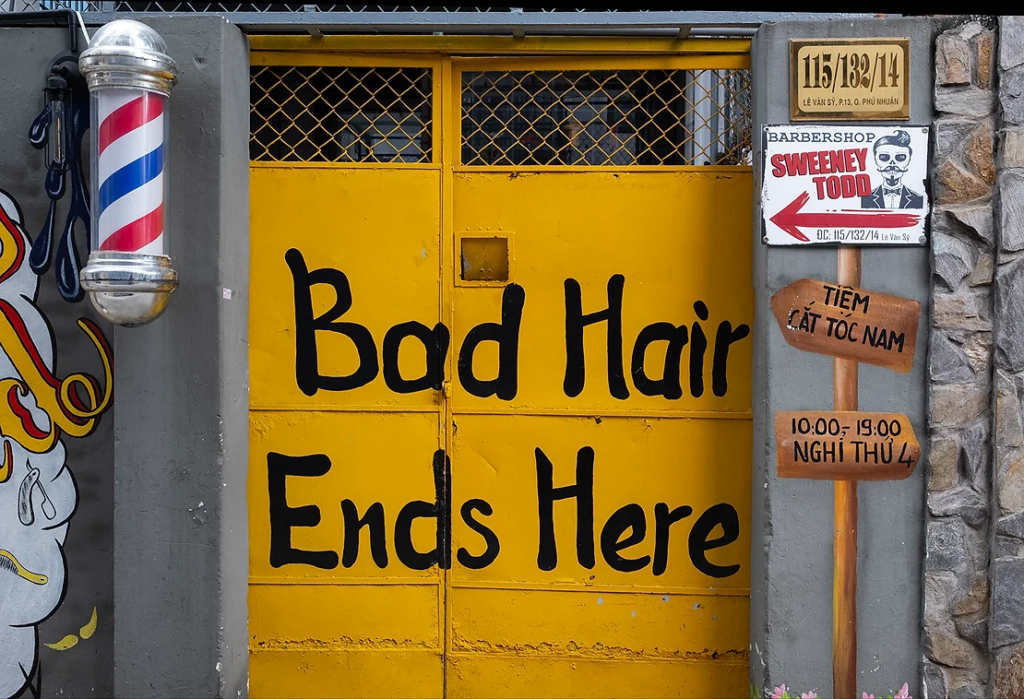
Wandering northward, one can take a break at Bu’s Station Café with its relaxing covered porch, or the eclectic Noe Café with its kitschy décor, time-warped from the 60’s and 70’s.
Strolling a bit further, I met the lovely Ms. Phan watering her plants, who told me that she’s been living in the area for over 60 years: “The street hasn’t really changed much and the trains are a nice distraction once in a while. Sometimes, I watch when I’m outside and wonder where the people in the trains are going.”
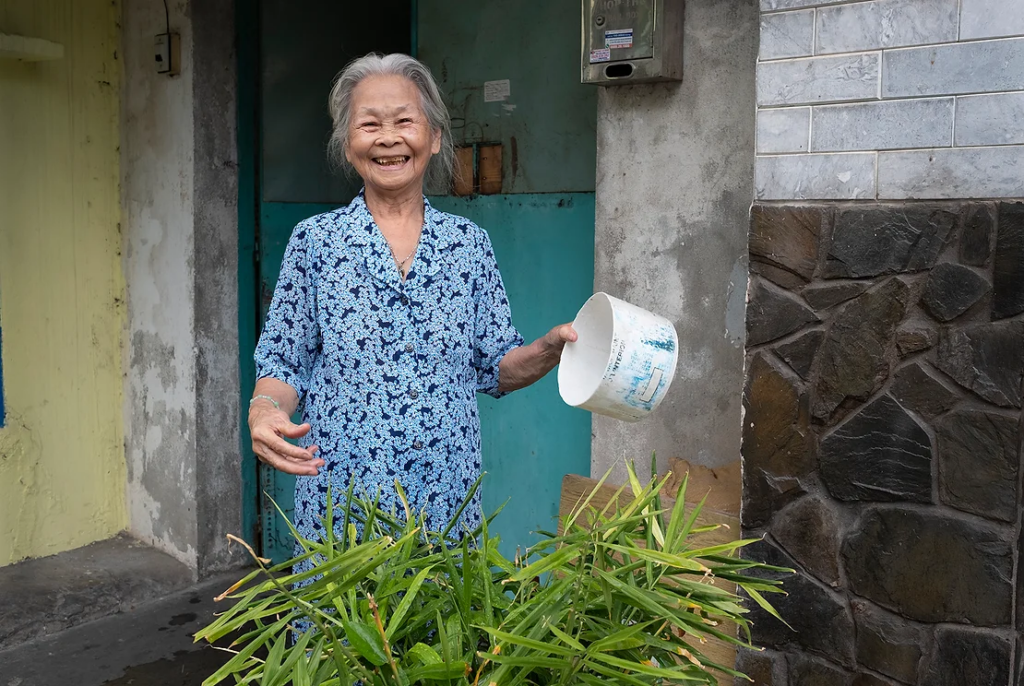
Both the street and the side alleys are full of art, some with a message of hope, others for purely decorative purpose, or those with a bold street message.
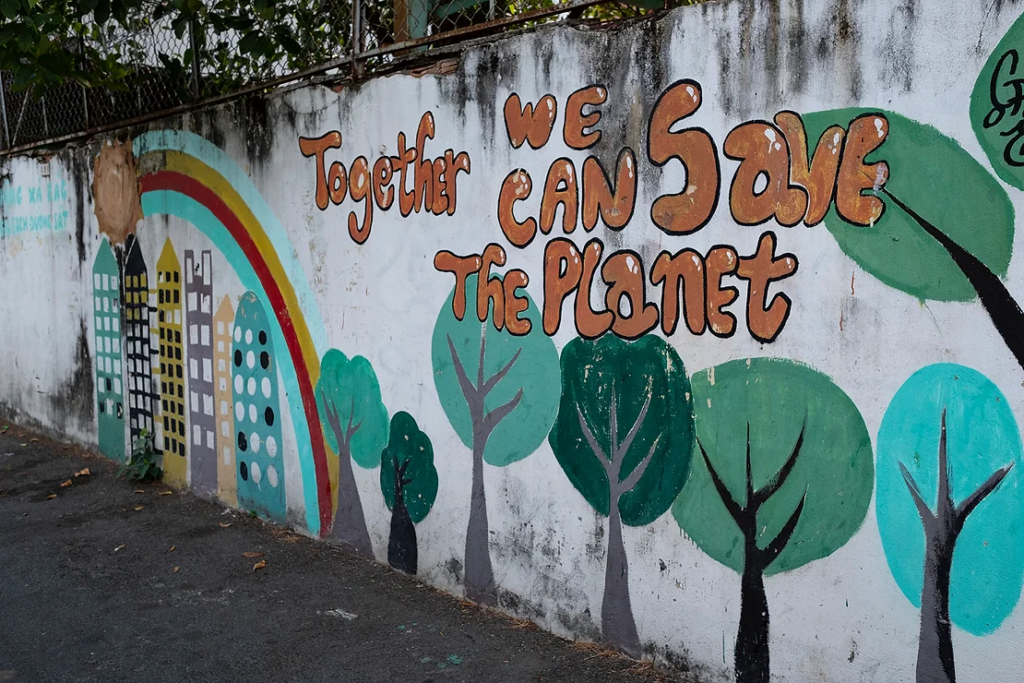
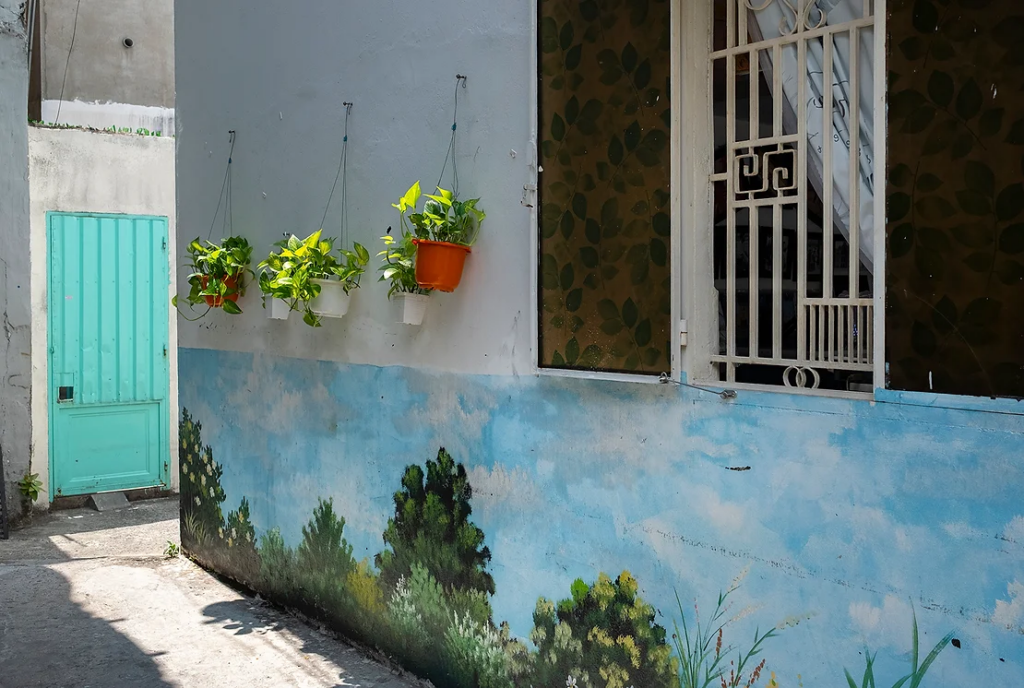
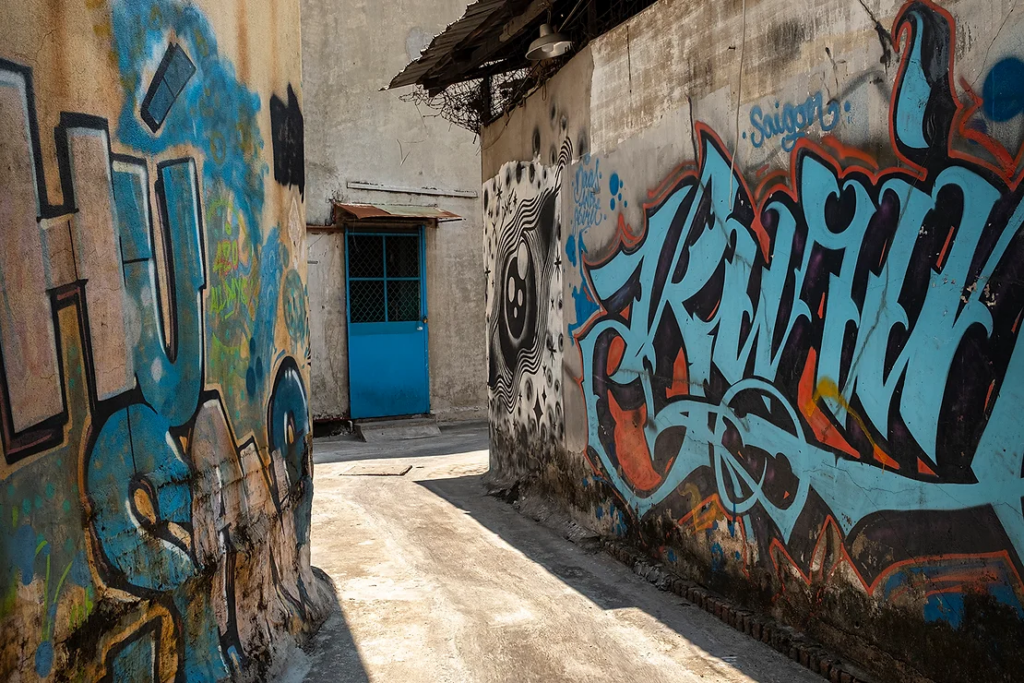
At the busy intersection where Tran Huu Trang Street crosses the tracks sits the intriguing Quang Minh Buddhist Temple with its opulent iconography. Wander inside for a reflective moment and then follow the tantalizing aromas from the many vegetarian restaurants or food carts in the area. If you’re fortunate to catch the lady who sells banana fritters (chuối chiên) near the temple, you’re in for a delicious treat.
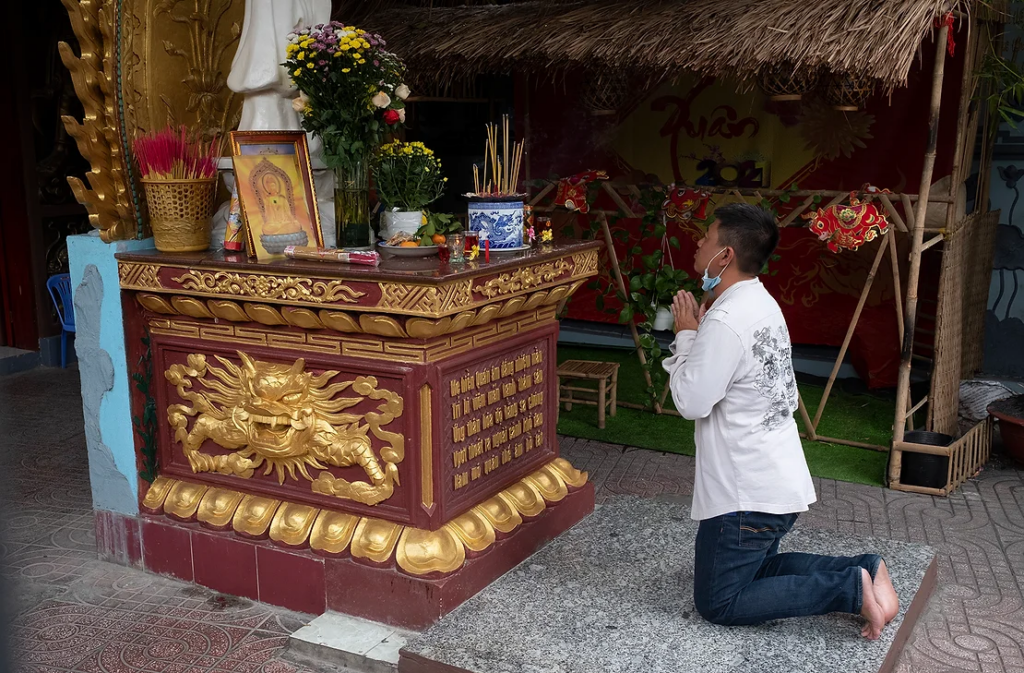
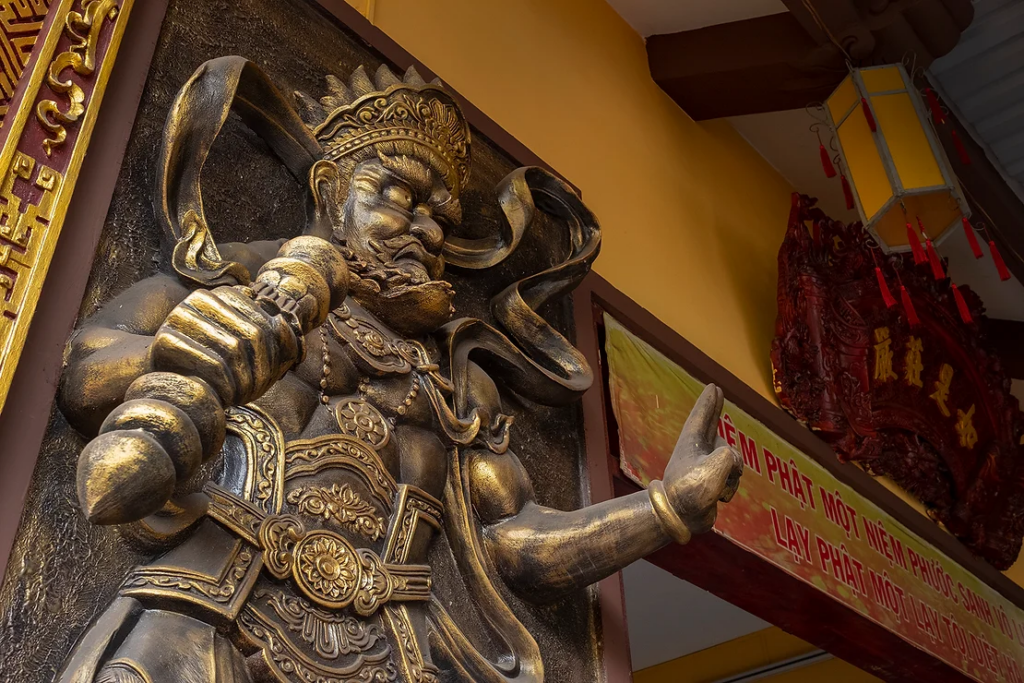
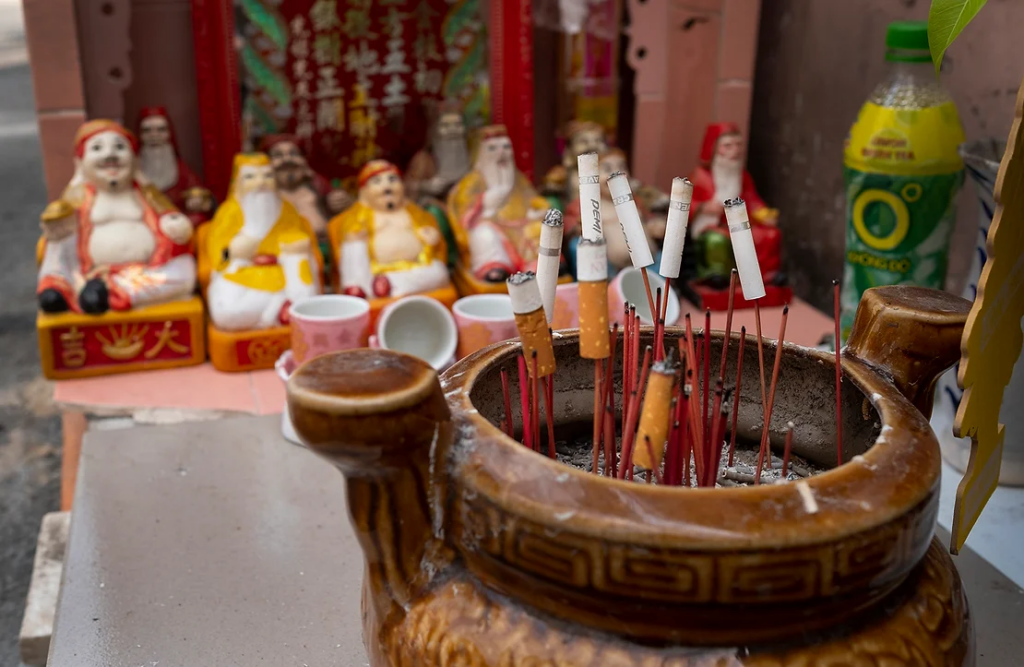
Longevity, tradition and adaptation are but a few adjectives to sum up life along this kilometer of the railroad tracks in Saigon. While low prices might have first drawn people to Hẻm 115 and the adjoining alleys, they have developed an almost village-like existence in the midst of the city’s urban sprawl. The mostly older generation we encountered have long since adapted to life along the rails, while a younger generation seeks less expensive places within the rising prices of real estate in more established areas of the city.
Text and Photos ©Jim Selkin
